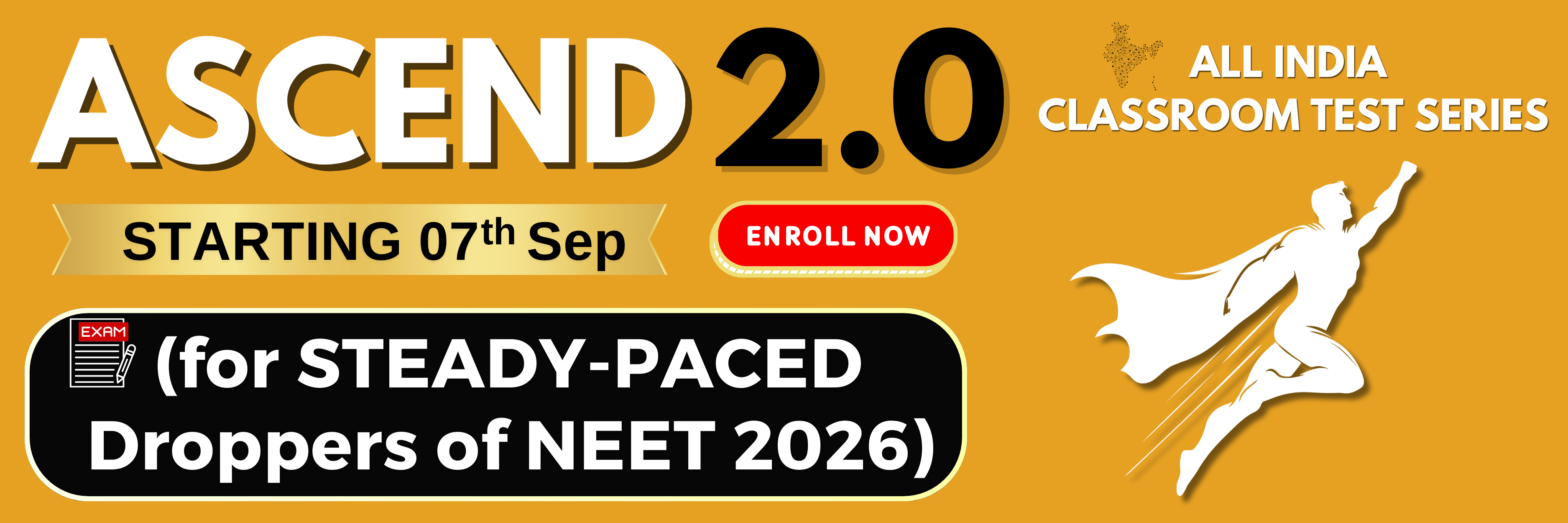Which of the following is not a member of class phycomycetes?
1. Mucor
2. Rhizopus
3. Albugo
4. Claviceps
An intervening dikaryotic stage occurs in-
a. Phycomycetes and Ascomycetes
b. Ascomycetes and Basidiomycetes
c. Basidiomycetes and Phycomycetes
d. Phycomycetes and Ascomycetes
a. Phycomycetes and Ascomycetes
b. Ascomycetes and Basidiomycetes
c. Basidiomycetes and Phycomycetes
d. Phycomycetes and Ascomycetes
Which class of Fungi has coenocytic and aseptate mycelium?
1. Phycomycetes
2. Ascomycetes
3. Basidiomycetes
4. Deuteromycetes
Which class of fungi shows zygospore formation?
a. Phycomycetes
b. Ascomycetes
c. Basidiomycetes
d. Deuteromycetes
Which of the following is a non–motile spore in phycomycetes?
a. Zoospore
b. Oospore
c. Aplanospore
d. Ascospore
The basis for the division of the kingdom fungi into various classes is /are –
(i). The morphology of the mycelium
(ii). Mode of spore formation
(iii). Fruiting bodies
(iv). Type of pigment
(v). Type of cell wall.
a. i, iv and v
b. i, ii and iii
c. ii, iii, iv and v
d. i, ii, iii and v
Parasitic fungi of mustard is-
a. Mucor
b. Albugo
c. Puccinia
d. Rhizopus
Fungus known by the name of ‘Bread mould’ is –
a. Mucor
b. Albugo
c. Puccinia
d. Rhizopus
Identify the exogenous spore?
1. Zoospore
2. Basidiospore
3. Aplanospore
4. Ascospore
Dikaryophase of fungus is-
a. Two nuclei per cell
b. Diploid nucleus
c. Two nuclei per mycelium
d. More than one options are correct.






